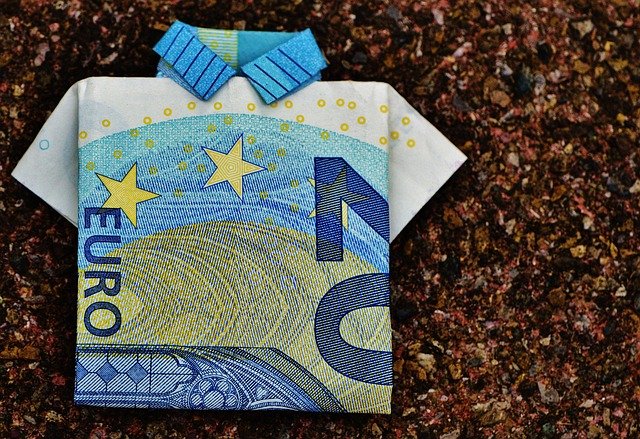Emerging Technologies: The Promising Future of Holographic Telecommunication
In a world where modern technology continues to evolve dramatically, the concept of holography is steadily making its way into the realm of telecommunications. This article delves into the past, present, and future of holographic telecommunication, shedding light on its potential impact and challenges.
The Genesis of Holography
Holography traces its roots back to 1947 when Hungarian-British physicist Dennis Gabor invented it while seeking to improve the resolution of an electron microscope. Gabor’s work, which later earned him a Nobel Prize in Physics, laid the foundation for the development of holographic technology, a phenomenon that has been slowly infiltrating the telecommunications industry.
Holography and Telecommunication – A Novel Marriage
Over the last few years, the telecom industry has been exploring the potential of holography. The technology promises a future where individuals can communicate with 3D holographic images of each other – a concept that seems straight out of a sci-fi movie.
The potential applications of holographic telecommunication are vast. From business conferences to personal communication, holography could revolutionize the way we interact remotely. Imagine being able to feel the presence of a distant loved one through a 3D holographic projection or being able to conduct a business meeting with full-body holographic projections of attendees.
Current Trends and Developments
Recent advancements in holographic technology are pushing the boundaries of what’s possible in telecommunications. For instance, companies are experimenting with mobile devices capable of projecting 3D holograms without the need for any wearable technology. Such innovation could make holographic communication more accessible and widespread.
The Impact and Challenges of Holographic Telecommunication
Like any other emerging technology, holographic telecommunication comes with its fair share of challenges. One of the biggest hurdles is the need for significant bandwidth to transmit holographic data. However, with the continuous advancements in internet technology, this challenge is likely to be overcome.
On the flip side, the impact of holographic telecommunication could be profound. It could redefine remote communication, making it more immersive and personal. Moreover, it could have significant applications in fields like education, entertainment, and healthcare, transforming the way services are delivered.
The Practical Applications of Holography in Telecommunication
Beyond the realms of personal communication and business meetings, holography could play a transformative role in other areas. For instance, in healthcare, doctors could use holography for remote consultations, making medical services more accessible. In education, teachers could leverage holography to create immersive learning experiences for students.
In conclusion, while holographic telecommunication is still in its early stages, its potential is undeniable. As the technology continues to evolve, we can expect to see more of its applications in the telecom industry, changing the way we communicate and interact. It’s a fascinating journey that we are embarking on, and one can only imagine where it will lead us.






